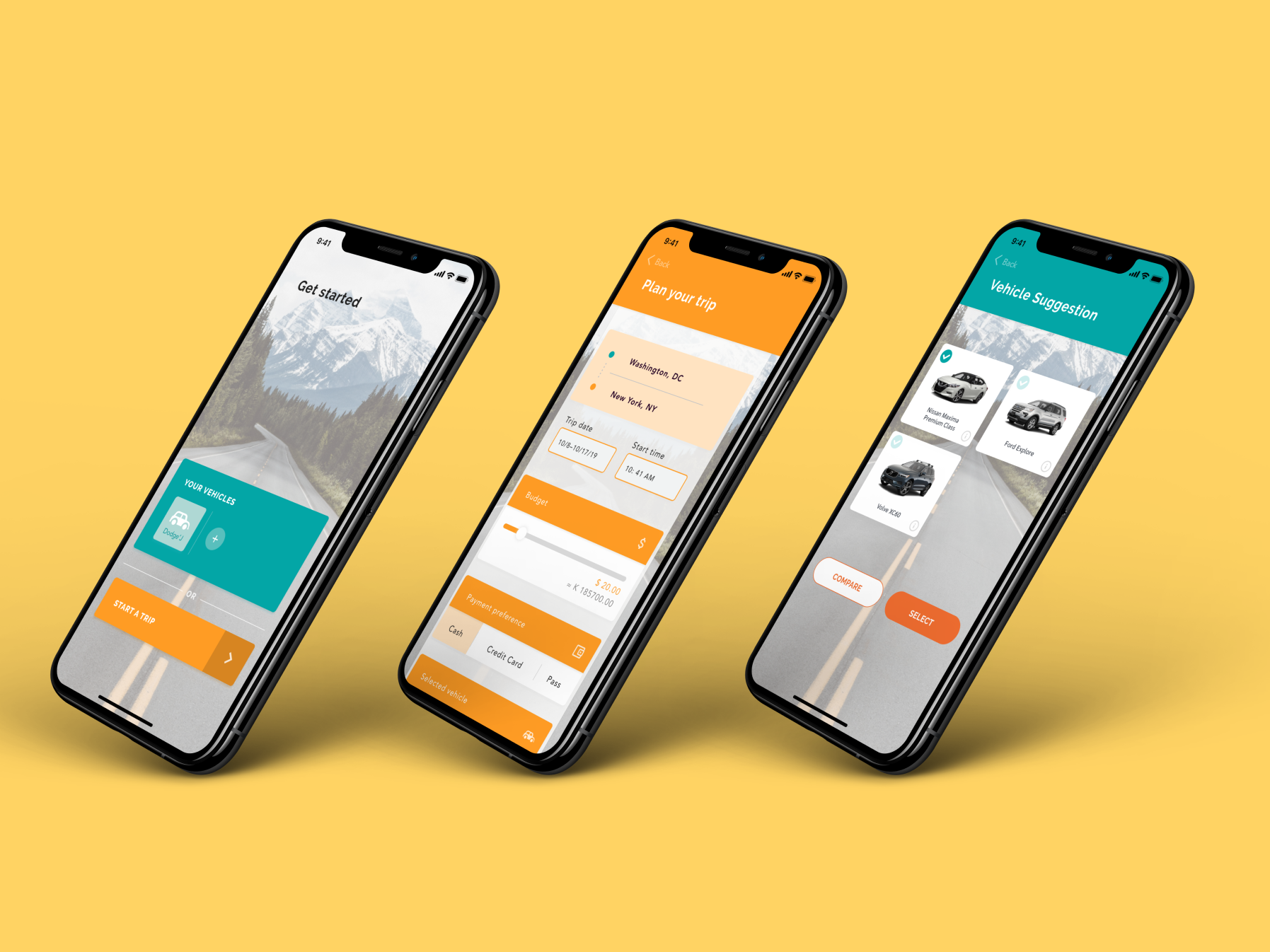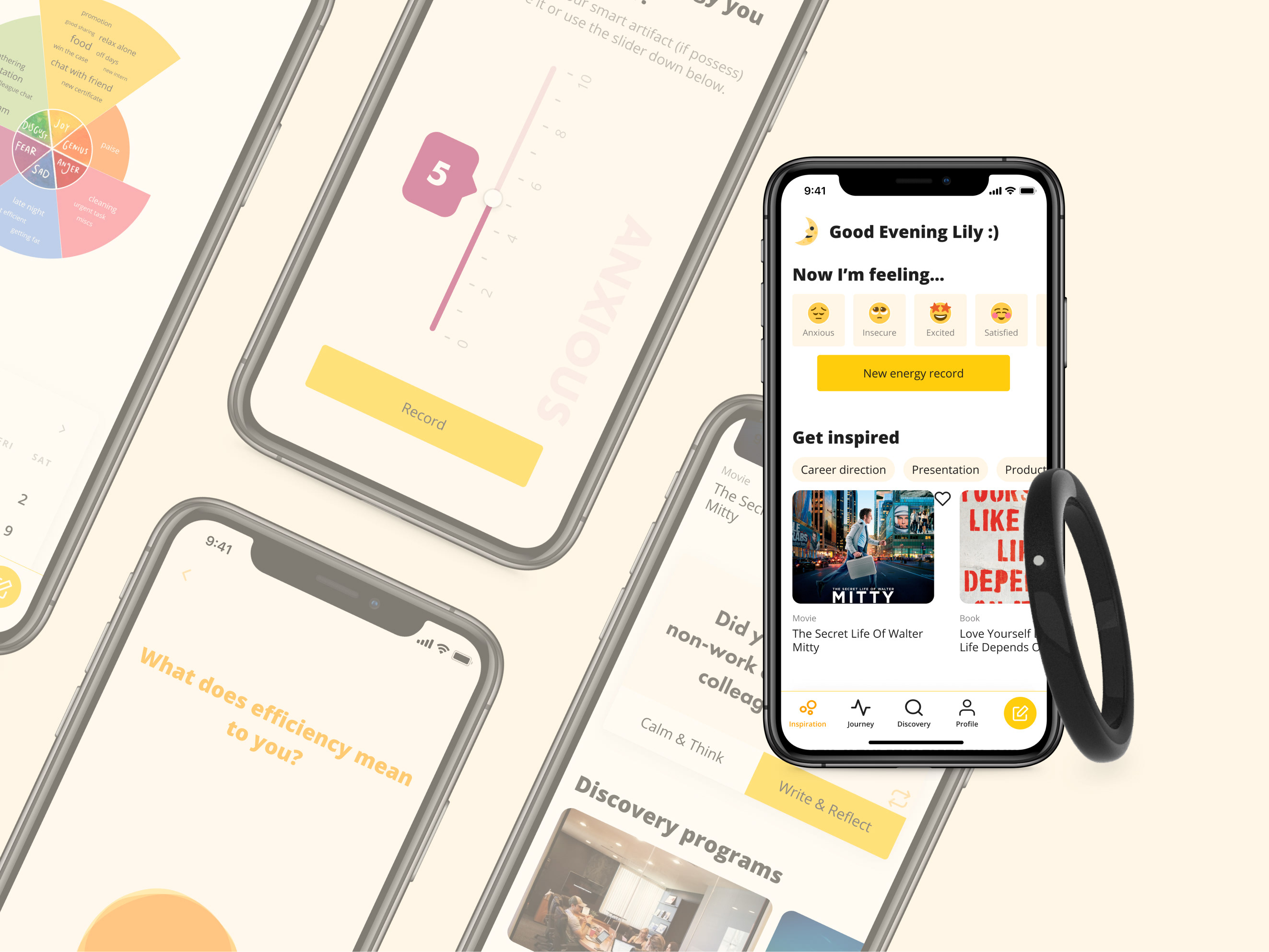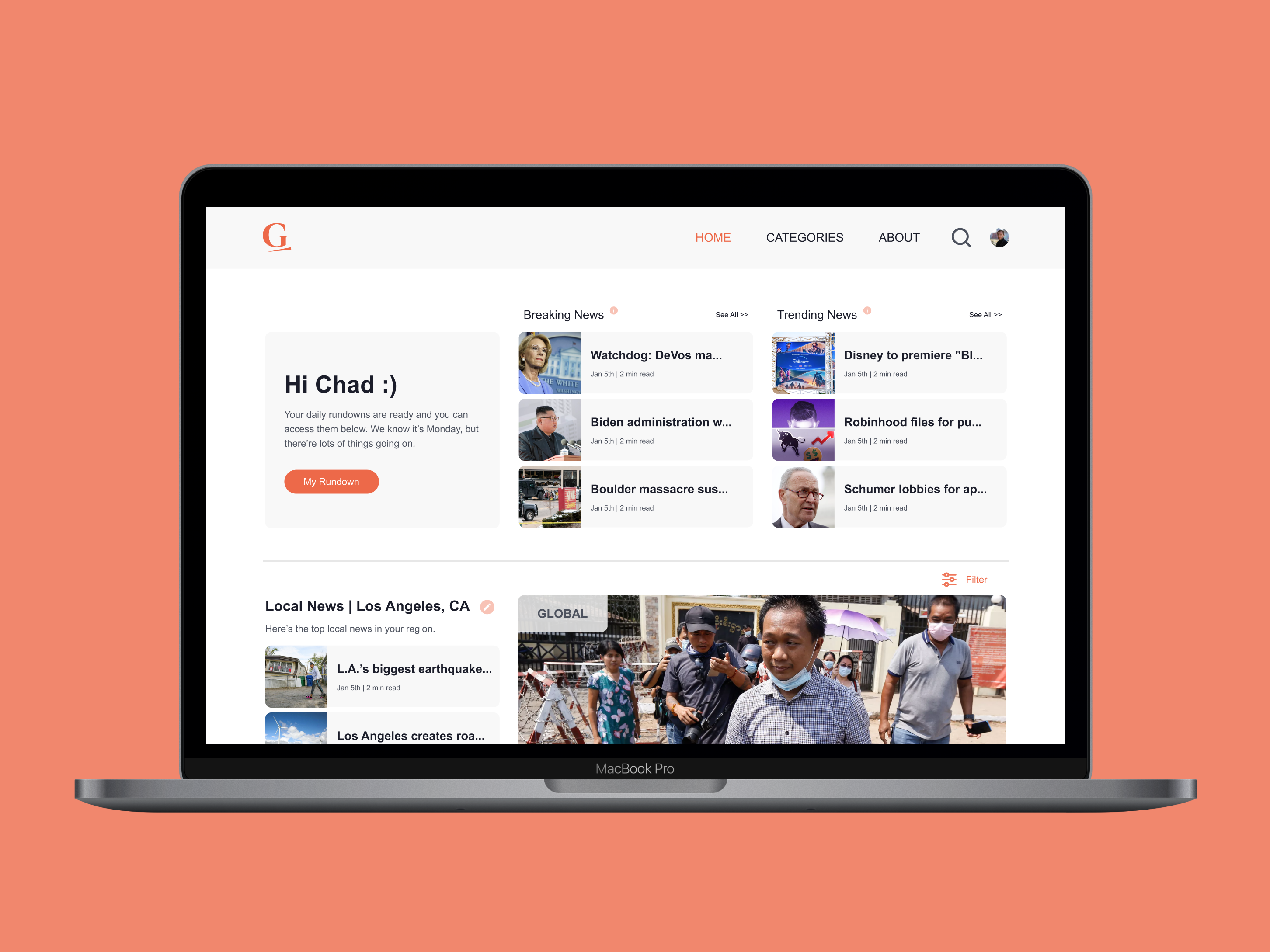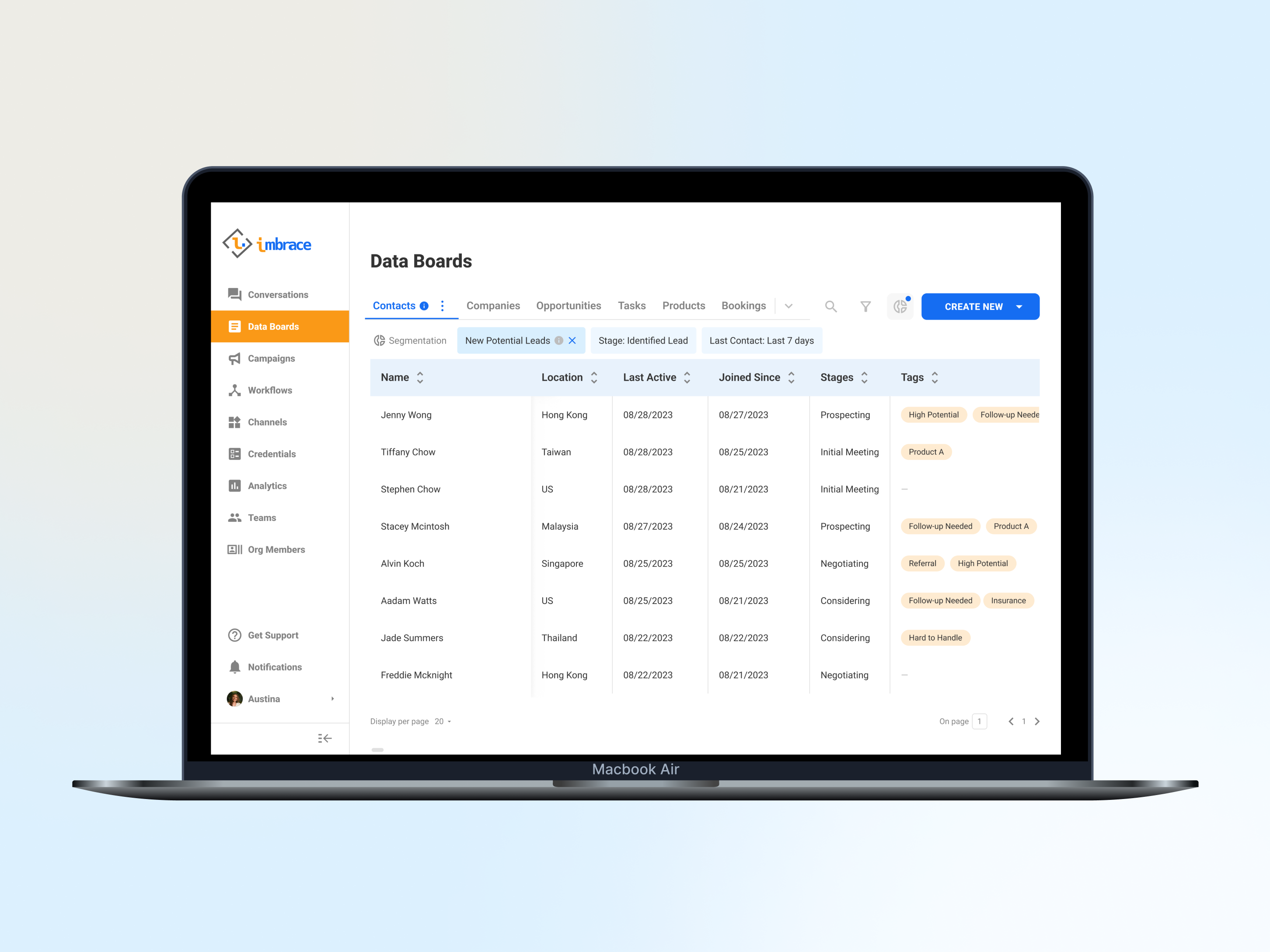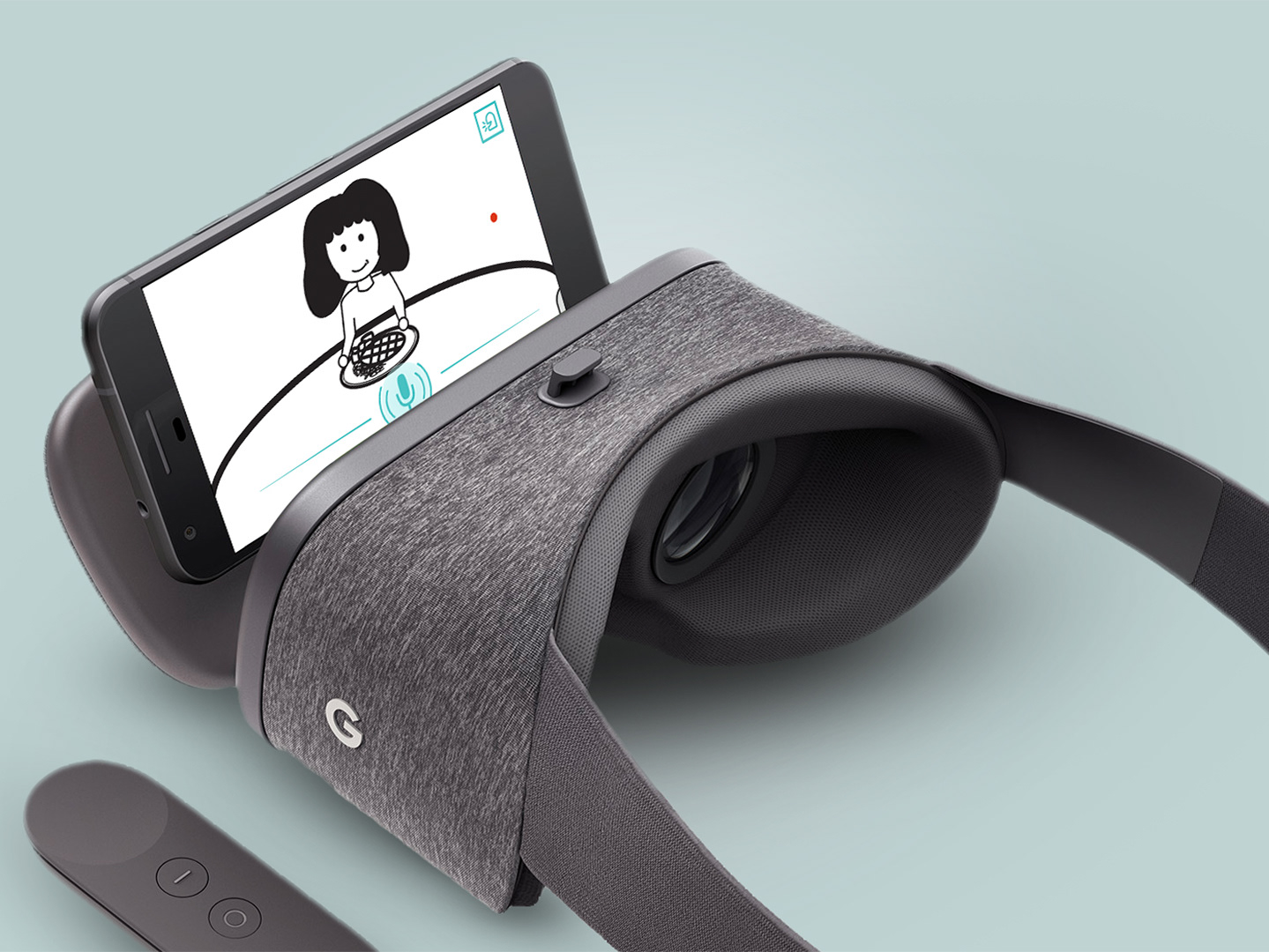Potential Client: American University Center for Teaching, Research and Learning (CTRL)
Duration: Five months | 2019–2020
––––––––––––––––––––––––––––––––––––––––––––––––––––––––––––––––––––––––––––––––––––––
Breaking Community Bubble is an independent study based on my own interests and background. I identified the problem that International Students from Asia (specifically focused on East Asia) tend to stay in their own community bubbles or will try to seek for the Asian population in general. This leads to less interaction with the locals (the western world), students thinking in a loop, and more barriers formed between “the west” and “the east”. This design research project, which lasted for five months, aims to find reasons for this interaction issue and come up with a potential solution.
A story-driven interactive game that takes our users through an experience in a different cultural context. The story is divided into various chapters, and the users have a journey map to access different chapters they have gone through. The navigation system is a mix of the hierarchical and content-driven navigation, which helps to enforce the gamification and entertaining experience.
––––––––––––––––––––––––––––––––––––––––––––––––––––––––––––––––––––––––––––––––––––––
The Problem
• International students from Asia tend to stay in their own Asian community bubbles
• International students have a hard time getting to know the western culture and fit into the local community
• Majority of the people in the local community with a western background are not aware of these cultural differences
MY ROLE
This is an independent study based on my own interests and background. I worked as a solo product designer through the design research process. And I worked as an illustrator through the process and for prototypes. Besides, I worked as a motion designer to deliver the animated prototype walkthrough.
The challenge
Since this is an independent project, I had to keep track of everything. I reached out to different shareholders to understand the conversation better and pushed the project forward with a pivot made based on research.
––––––––––––––––––––––––––––––––––––––––––––––––––––––––––––––––––––––––––––––––––––––
BACKGROUND RESEARCH
Learn about international students' lives
To understand international students’ lives better, I conducted literature reviews, interviews and observations with Chinese international students currently studying at American University and exported around campus who work with this community.
Specifically, I asked different Chinese international students to document two days of their lives (1 weekday and 1 weekend) through 10-15 photos so that I can get to know them better and find their touch points.
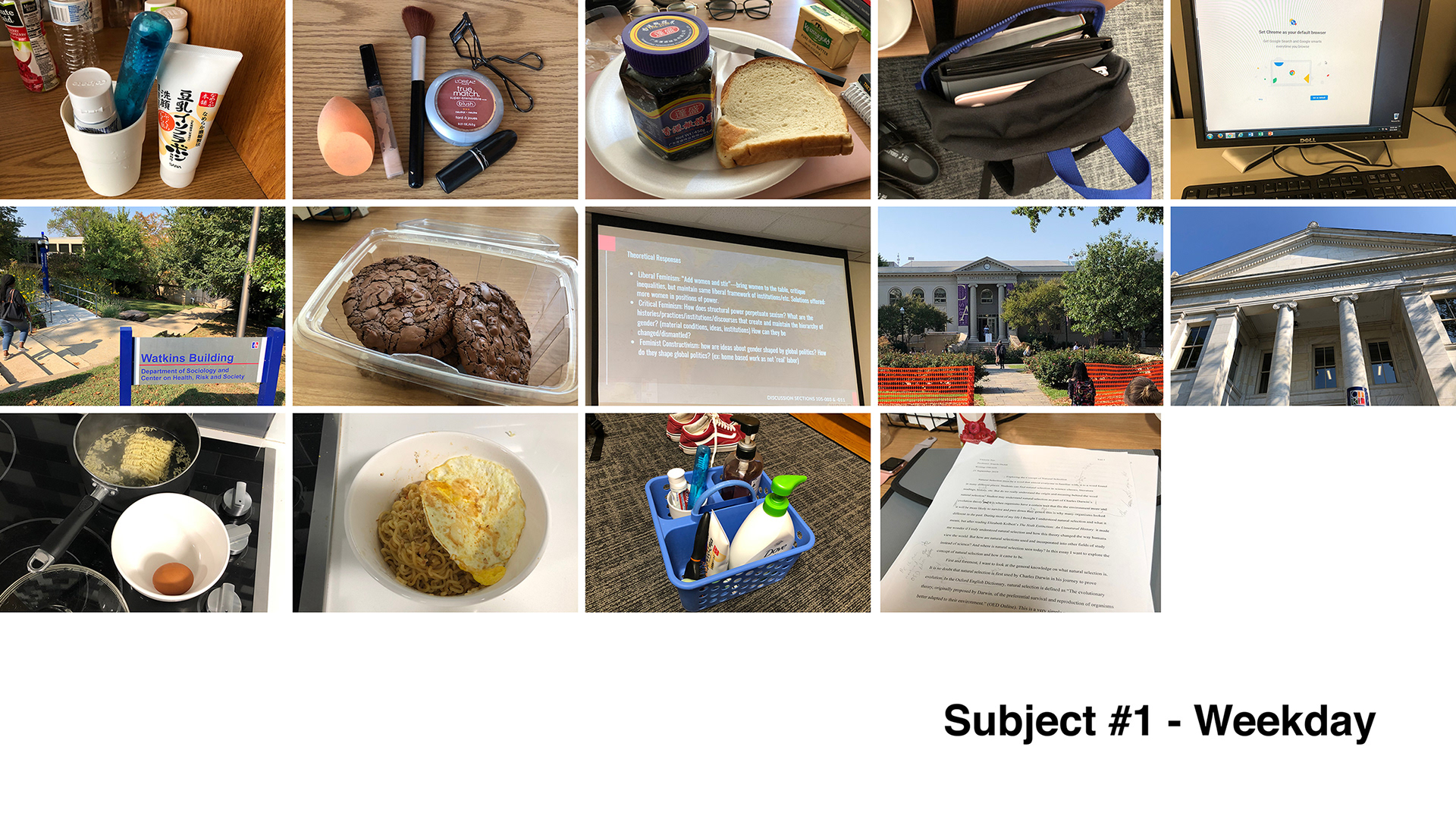

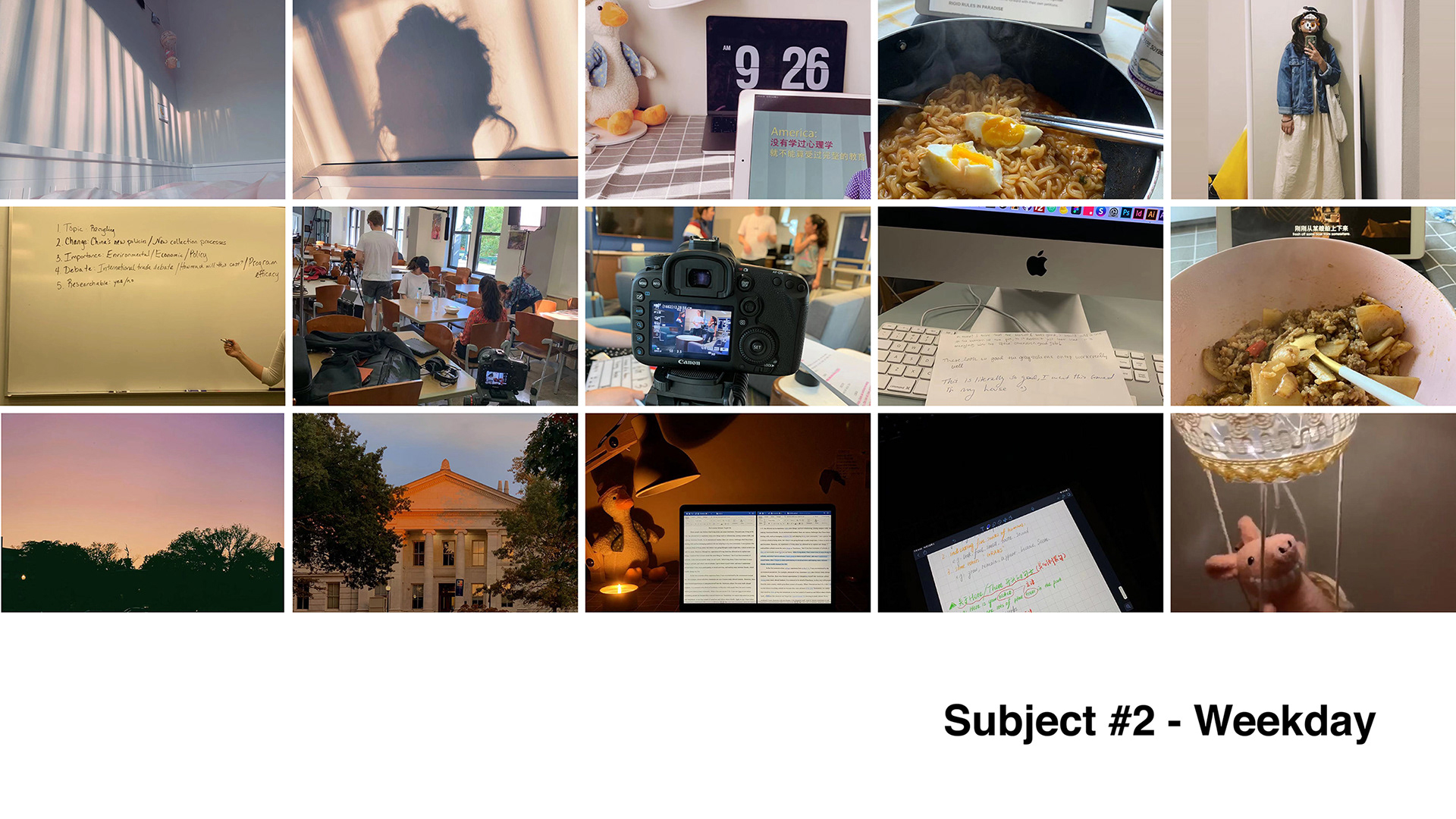


THE DISCOVERY
The problem is more than cultural education
Physical Barriers
• The buildings for bridge programs, where the majority of the Chinese student population is, are not on the main campus.
• The circles-within-circle culture within student groups at American University.
Internal Barriers
• Conflicted feelings caused by cultural differences and language barriers.
• Different educational systems lead to educational background differences.
External Barriers
• Extra academic work time required with limited control over academic planning.
• Lots of main campus staff don’t truly understand the struggles that international students face.
• School/Programs have tried to help those students via designed activities, but the connections don’t carry through outside of the activities mostly.
REFRAMING THE PROBLEM
Cultural differences information gaps led to internal and some external barriers for international students. They are afraid of interacting with the local community and they are less likely to join events hosted by the main campus since they need time to catch up with their culture lesson first. If all incoming International students can receive pre-education on American cultures before their arrival on campus, it will be easier for them to fit into western society/community.
How might we design a culture pre-education program for international students before they need to start interacting with the local community?
PROTO-PERSONA 1.0
Meet 张静 (Susan) from China
Proto-Persona with an eastern background
THE BARRIER
Cultural exposure and pre-education are not the way to go
Limitation on Communication
• Students don’t normally use e-mail as their main communication method, but rather they will learn to use it more in college. Prior to college, Chinese international students don’t have access to typical American mainstream social media such as Facebook, Instagram, and Twitter.
Environment & Culture Influences
• The problem is not only about cultural exposure. Chinese students have been exposed to American culture when they are in China through the entertainment industry (music, movies, TV shows, and even books).
• Some of the traditional Chinese customs prevent them from stepping out of their comfort zone, such as staying quiet and following all the rules.
Internal Struggles
• The international students want to reach out to people, however, they are afraid to make the first step. They will hope those connections develop naturally, but will never step out of their comfort zone like they originally wanted.
THE PIVOT
There’re too many barriers to reach out to international students before college. And it takes time for them to learn and adapt their behavior to embrace the new culture. Good communication requires mutual understanding. According to our background research, there’re local communities who don’t understand the struggles that international students face which could lead to failure in communication. Therefore, I formed my second hypothesis. If all of the different stakeholders on campus can understand the journey that all of the international students from Asia are going through, and have that knowledge in mind when interacting with them, it will make the transition easier for those international students.
How might we design an immersive experience for people to understand and learn about cultural differences?
PROTO-PERSONA 2.0
Meet James (詹姆斯) from the U.S.
Proto-Persona with a western background
THE IMPLEMENTATION
Implementation 1.0
A story-driven interactive game with Q&A mini-games
• A story-driven interactive game that helps raise awareness of the cultural differences between Chinese and American cultures in academic settings
• Customized story journey for users with different cultural backgrounds (from “the west” or from “the east”)
• Reveal the whole story with Q&A mini-games that are designed to tackle cultural differences
• Linear navigation system enriches the journey in the experimental game experience
But it's hard to keep users interests and interactions.
• The interaction between the user and the system should be more organic
• The system needs to offer something that attracts users to come back
• I need to find a way to present the system without developing every single part of the story
ITERATION PROCESS
Implementation 2.0
An upgraded design with a more dynamic system and embedded gamification experience
• A story-driven interactive game that takes users through experiences in a different cultural context
• A mix of the hierarchical and content-driven navigation system
• The users can access different story chapters they have explored in their journey map
• The process of revealing the complete story enhances the gamification and entertaining experience
Customize and Experience
The users could customize their own characters and the game will be designed from the users’ perspectives which allows the users to be in the story.
Snap and Save
Save a moment that includes cultural difference (the learning point) to the photo album and revisit later to read more about the “culture behind the scene”.
Watch the Clip
an option for the users to watch a video clip and immerse in the culture more directly.
THE STORY
"Travel" to the East
This is a sample story flow for The East. The user is a character with a western cultural background. Now the user is going to experience the Chinese cultures in the academic setting as an exchange student at Chinese boarding high school for one semester.
PROTOTYPE
First day of class at the Chinese boarding school
This is a prototype walkthrough of a sample story chapter for a user with a western background. Chapter 3 (First Day) is the journey of Daniel's (the user) morning on the first day of class at the Chinese boarding school.
Included cultural learning points
• No introduction day/syllabus day in China
• Substantial readings are not preferred/common teaching method
• No trigger warning in China
• Need to raise your hand to speak in class
• Exercise session between classes
REFLECTIONS & TAKEAWAYS
• Design for solving the problem instead of a group of pre-set users. I initially set my design for Chinese international students based on my understanding that if they are educated, the problem will be solved. After conducting my research and learning from stakeholders and my users, I found that this is not the root issue, so I decided to pivot my target audience and main user groups. Instead of educating Chinese international students, I changed the direction to raise awareness of the cultural difference among western-background audiences.
• Listen to the users. Our brain tends to follow our prejudgements. As a designer, I learned how important it is to "reset" my knowledge of the field that I'm going to design and be a "newbie" to listen to what my users are saying truly.
• Gamification keeps users' interests and engagements. When designing the system, I struggled with the question of how to keep my users returning to the application. My first design idea is an application with a linear navigation system and Q&A-format sections, which could be dull over time. The lack of incentives makes it even harder to keep the users interested. After learning from game design experts, I decided to bring in the gamification aspects (interactive games and stories) as incentives for my users.
• Narrow down and set the right scope. After I figured out the whole system design, I realized that this could be a larger scope project with a lot of moving pieces (plot development is a huge part) that is totally out of scope for me to finish in time all by myself. Therefore, instead of presenting the whole system as the prototype, I chose to explain the concept and the system using flowcharts and sample stories.
The next phase of this project will be testing my hypothesis and learning from my users more by conducting usability tests.



